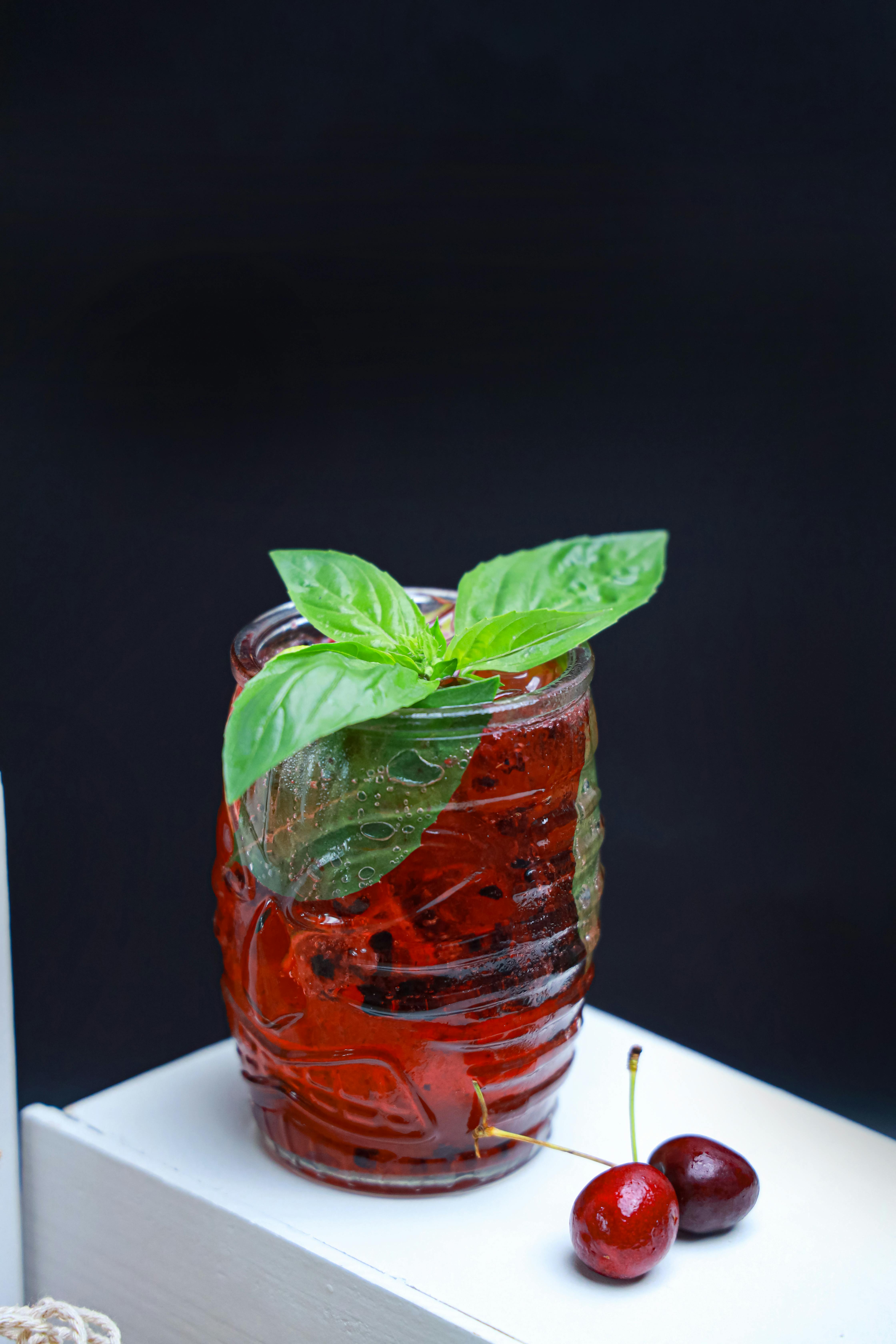
Essential Guide to Candida Diet Recipes for 2025 Success
As we step into 2025, the importance of maintaining a balanced diet that supports gut health becomes ever more prominent. The Candida diet focuses on eliminating sugars, gluten, and certain carbohydrates that can contribute to yeast overgrowth in the body. With a well-structured meal plan, it’s possible to enjoy a variety of flavors and cuisines while managing Candida symptoms effectively. This comprehensive guide will introduce you to the essentials of healthy Candida diet recipes, focusing on gluten-free, low-sugar, and probiotic-rich meals that support your overall well-being.
Emphasizing the use of whole and nutrient-dense foods, the recipes you’ll find in this guide will not only help you eliminate Candida but also promote a healthier lifestyle. From breakfast ideas to detoxifying meals, you’ll discover a range of options that cater to different tastes and preferences. Get ready to learn about delicious dishes, supportive foods, and practical cooking tips that will make your Candida journey both enjoyable and effective.
Key takeaways include healthy snack options, quick meal ideas, and essential recipes that are both satisfying and beneficial for your gut microbiome. Join us on this journey as we explore the vibrant world of Candida-friendly cooking!
Understanding the Candida Diet: Key Principles
Before diving into delicious recipes, it's crucial to grasp the foundational principles of the Candida diet. This dietary approach focuses primarily on eliminating foods that can exacerbate Candida growth while promoting those that restore balance and support gut health. Understanding what these principles entail will help craft effective meal plans and improve overall wellness.
What are Candida-Friendly Foods?
Candida-friendly foods are those that minimize sugar intake, help enhance your immune system, and support a balanced gut environment. These foods include:
- Non-starchy vegetables like broccoli and spinach
- Gluten-free grains such as quinoa and buckwheat
- High-quality proteins including chicken, fish, and legumes
- Healthy fats from avocados and olive oil
Incorporating these foods into your daily meals can significantly support your body in reducing Candida levels.
Foods to Avoid on the Candida Diet
Equally important is the understanding of foods to avoid during the Candida diet. Sugary treats, refined grains, and certain dairy products can feed Candida yeast and hinder your recovery. Focus on avoiding:
- Sugar and artificial sweeteners
- Processed foods
- Grains containing gluten like wheat and barley
- High-glycemic fruits like bananas and grapes
By steering clear of these items, you allow your body to detox from harmful substances and restore balance.
Strategies for Meal Prepping on a Candida Diet
Meal prepping is an effective strategy when following a Candida diet. Consult your weekly schedule, select recipes ahead of time, and batch-cook meals that can be easily reheated. Consider using labeled containers to keep track of your dishes, ensuring that they remain fresh and flavorful. Incorporating elements like:
- Frozen vegetables for quick stir-fries
- Pre-cooked proteins for easy assembly
- Fermented foods to enhance gut health
These strategies save you time and make the process of adhering to your diet smoother.
The Role of Probiotics in Your Diet
Probiotics are beneficial for those on a Candida diet. These "good bacteria" help maintain a healthy balance in the gut, potentially alleviating symptoms associated with Candida overgrowth. Incorporating fermented foods, like sauerkraut and kimchi, or probiotic supplements can improve digestive health. In your meals, focus on providing probiotic-rich options that can aid recovery.
Recognizing Candida Symptoms Relief Through Diet
Following a well-structured Candida diet can lead to a noticeable reduction in symptoms such as fatigue, digestive issues, and skin irritations. Many individuals experience relief through better energy levels, improved digestion, and enhanced mood. The right nutrition can be empowering, paving the way for a healthier lifestyle.
In the next section, we will explore creative and delicious healthy Candida recipes.
Healthy Candida Recipes: Delicious & Nutritious
Eating healthily while on a Candida diet does not mean compromising on flavor. In fact, there are ample delicious dishes that incorporate all the essentials for maintaining Candida control. This section will introduce you to a variety of recipes that you can try.
Quick Candida Recipes for Busy Weekdays
For those with a hectic lifestyle, having quick and easy recipes on hand is essential. Consider whipping up a wholesome Stir-Fried Quinoa bowl loaded with organic vegetables, spices, and oils known for their anti-inflammatory properties. This meal is not only filling but also takes less than 30 minutes to prepare.
Probiotic-Rich Meals for Gut Health
Fermented foods can be incorporated easily into your meals. Try making a delicious Sautéed Cabbage and Carrots dish seasoned with garlic and ginger, which supports gut health. Adding probiotic-rich foods like kimchi to your diet enhances the healing process.
Dairy-Free & Gluten-Free Candida Recipes
A popular choice among those on the Candida diet is using coconut cream or almond milk as dairy alternatives in soups and sauces. A flavorful Creamy Cauliflower Soup made with these delightful ingredients can be both satisfying and nutritious. Pair this with a salad of dark leafy greens for a complete meal.
Detoxifying Meals for Candida Elimination
A detoxifying meal can be as simple as Grilled Salmon accompanied by asparagus and a squeeze of lemon. Rich in omega-3 fatty acids and antioxidants, this meal provides beneficial properties that assist in flushing out toxins and maintaining gut health.
Filling Meals That Keep You Energized
Preparation of a Chicken and Vegetable Stew loaded with herbs offers both sustenance and nourishment, ensuring you stay energized throughout your day. Cook in a slow cooker to allow flavors to meld perfectly, providing a comforting dish that aligns with your dietary needs.

With the recipes laid out, it’s important to understand how to adapt them based on individual preferences and dietary needs. Creating a meal plan that fits your lifestyle enhances the chances of sustaining the Candida diet long-term.
Creating a Balanced Candida Meal Plan
A balanced meal plan not only alleviates the burden of figuring out what to eat but also brings structure to your dietary changes. Let's explore how to create a successful Candida meal plan that caters to your needs.
Essential Components of a Candida Meal Plan
Your meal plan should focus on including balanced macronutrients while avoiding foods that may trigger Candida overgrowth. Ensure components include:
- A variety of non-starchy vegetables.
- Balanced protein sources, like lean meats, fish, and legumes.
- Healthy fats from avocados, nuts, and seeds.
By incorporating these elements, you will create a meal plan that supports your overall health while targeting Candida relief.
Structuring Your Weekly Meals
Breaking down your weekly meals can be as simple as creating a template. Designate certain days for specific meal types, allowing for flexibility. For example, you can prepare:
- Meatless Mondays with vegetarian options
- Soup Sundays featuring comforting detox soups
- Throw-Together Thursdays with any leftovers
This variety helps keep meals interesting.
Shopping List for Candida Diet Essentials
Creating a shopping list for your Candida-friendly grocery run can simplify the process. Be sure to include items like:
- Fermented foods
- Low-glycemic fruits and vegetables
- Gluten-free grains
Stocking these essentials enables you to prepare meals that adhere to your dietary guidelines without hassle.
Mindfulness in Eating and Cooking
Mindfulness plays an essential role in your healing journey. Take time to enjoy your meals, chew slowly, and appreciate the flavors of your carefully prepared dishes. This practice enhances digestion and helps reinforce positive relationships with food.
Incorporating Family Meals that Align with the Diet
Engaging your family in the process can make dining more enjoyable. Consider creating family-friendly versions of your favorite meals that meet the Candida guidelines, like Cauliflower Pizza or Socca Bread toppings. This collective effort builds support and improves adherence to the diet.

With these meal planning strategies, you can now take charge of your Candida journey effectively and deliciously.
Q&A for Candida Diet Success
As you embark on your Candida journey, it’s natural to have questions. Here are some common queries along with practical solutions.
What are common symptoms of Candida overgrowth?
Typical symptoms include digestive issues, fatigue, yeast infections, and skin irritations. Observing these signs enables you to adjust your diet accordingly.
How can I make eating out easier on a Candida diet?
When dining out, choose restaurants that offer customizable meals. Focus on grilled proteins and vegetables, and inquire about hidden sugars in sauces or dressings.
What are some herbal supplements that support Candida recovery?
Natural antifungals like oregano oil and berberine can be beneficial. It's advisable to consult with a healthcare professional before adding new supplements to your regimen.
Can I have snacks on a Candida diet?
Absolutely! Options like raw veggies with hummus or nuts can serve as satisfying Candida-friendly snacks. Incorporating these will help to keep your energy levels up throughout the day.
How long does it take to see results on the Candida diet?
Many individuals report improvements within a few weeks, but the timeline may vary. Staying consistent with your diet is key to long-term success.
By understanding these aspects and applying them to your daily life, you'll set the stage for success on your Candida diet journey!